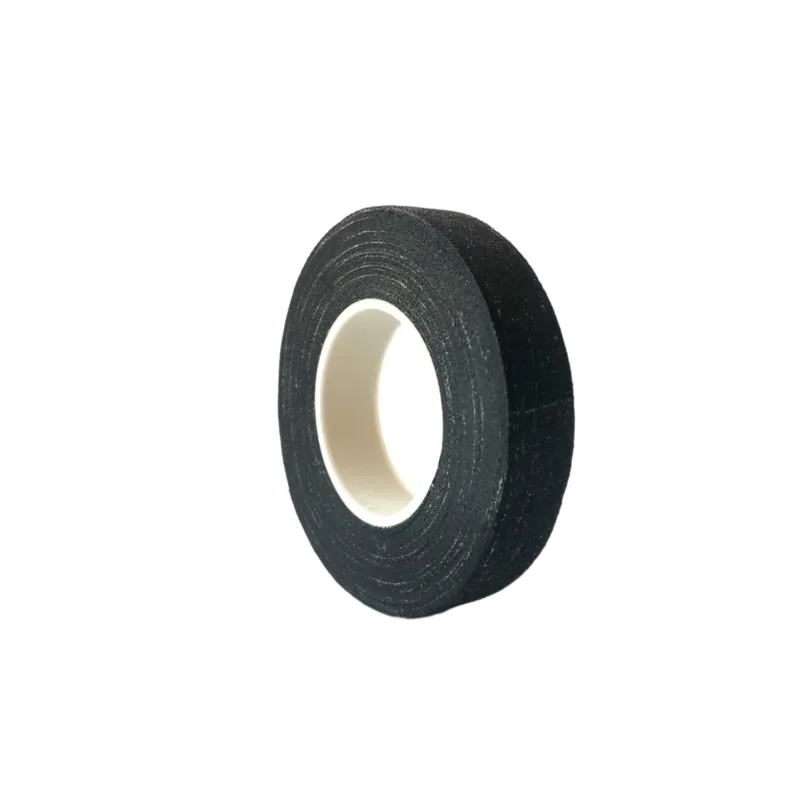Understanding Butyl Tape Rubber An Essential Tool for Multiple Applications
In today’s world, where versatility and reliability are paramount, butyl tape rubber has emerged as a crucial material used in various industries ranging from construction to automotive. This unique adhesive tape, made from synthetic rubber, exhibits exceptional properties that make it an ideal choice for sealing, insulating, and waterproofing applications.
What is Butyl Tape?
Butyl tape is a type of adhesive tape that utilizes butyl rubber as its primary material. Butyl rubber is known for its excellent waterproofing capabilities, flexibility, and strong adhesion characteristics. It is often self-adhesive, which eliminates the need for additional bonding agents during application. This makes it easy to use for both professionals and hobbyists alike.
Key Properties of Butyl Tape
1. Waterproofing One of the standout features of butyl tape is its waterproof nature. It creates a reliable barrier against moisture, making it an ideal choice for sealing roof leaks, gaps in windows, and areas prone to water infiltration. This characteristic is particularly beneficial in construction and roofing applications.
2. Durability Butyl tape is resistant to aging, UV exposure, and extreme temperatures, ensuring durability over time. Its longevity makes it suitable for outdoor applications and areas that experience fluctuating weather conditions.
3. Flexibility The rubber composition of butyl tape allows it to conform to uneven surfaces easily. This flexibility means that it can be used effectively on a variety of materials and shapes, enhancing its usability across different sectors.
4. Strong Adhesive Properties The tape adheres well to various substrates, including metals, plastics, and wood, which further broadens its applications. This strong adhesion ensures a long-lasting bond that is essential for effective sealing and insulation.
butyl tape rubber

5. Easy Application Butyl tape can be cut to size and applied without the need for special tools or equipment. Its user-friendly nature allows for quick repairs and installations, saving time and labor costs.
Applications of Butyl Tape
1. Construction In the construction industry, butyl tape is widely used for sealing roofs, windows, and doors. It is particularly effective in green building projects, where energy efficiency and sustainability are priorities. Its waterproofing feature makes it essential in preventing water damage.
2. Automotive Butyl tape is commonly used in automotive applications to seal windshields and other glass components. Its flexibility and ability to withstand harsh conditions make it suitable for areas that are exposed to vibration and movement.
3. HVAC Systems In heating, ventilation, and air conditioning (HVAC) applications, butyl tape helps seal ductwork and assist in insulation efforts. This not only improves energy efficiency but also prevents the infiltration of dust and contaminants.
4. Electrical Insulation Due to its excellent insulating properties, butyl tape is also used in electrical applications. It can provide protection against moisture and improve the overall reliability of electrical connections.
5. Marine Applications In the marine industry, butyl tape helps in sealing joints and preventing leaks in boats and other watercraft. Its waterproof nature and resistance to saltwater make it particularly valuable.
Conclusion
Butyl tape rubber is an indispensable tool that finds application in a wide array of industries. Its unique combination of waterproofing, durability, flexibility, and strong adhesive properties makes it a preferred choice for many professionals. Whether sealing a roof, insulating HVAC ductwork, or repairing an automobile, butyl tape continues to prove its worth as a reliable solution. As industries evolve and the demand for more efficient solutions grows, butyl tape rubber is likely to remain at the forefront of innovative sealing technologies. Understanding its properties and applications can lead to more effective use and allow for successful project outcomes across various fields.
-
XIANGFAN Rubber Tape-Ultimate Solutions for All Your Insulation NeedsNewsJun.24,2025
-
XIANGFAN Rubber Tape-Protection for Industrial and Residential ApplicationsNewsJun.24,2025
-
XIANGFAN Rubber Tape: Superior Safety and Sealing for Demanding EnvironmentsNewsJun.24,2025
-
XIANGFAN Rubber Tape: Reliable Solutions for Every Electrical ChallengeNewsJun.24,2025
-
XIANGFAN Electrical & Industrial Tape: Powering Reliability Across IndustriesNewsJun.24,2025
-
XIANGFAN Electrical & Industrial Tape: Excellence in Every ApplicationNewsJun.24,2025
